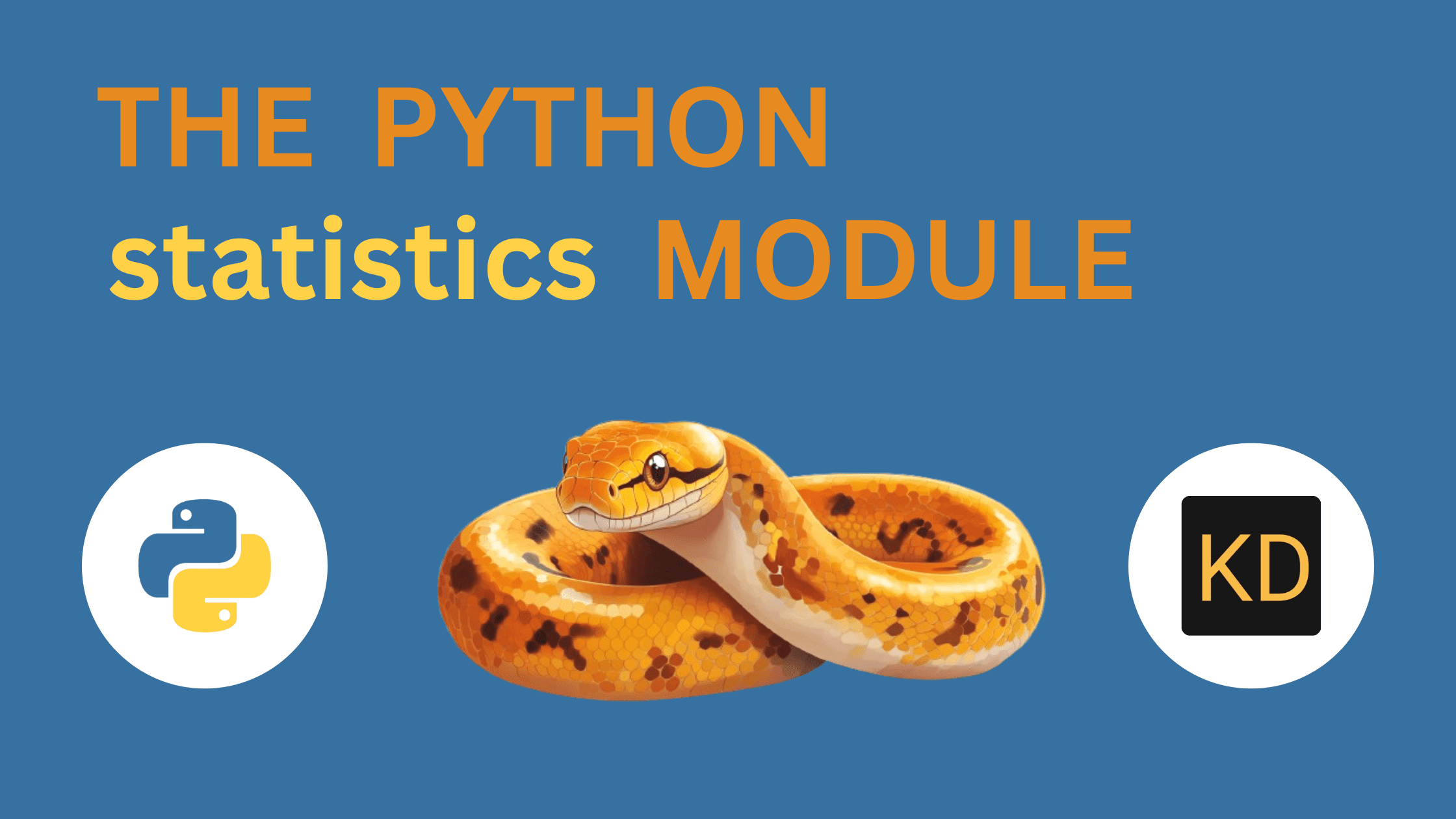How to Create a Privacy Policy for Your Website with GDPR Compliance
Some of you may know that I have developed a lead generation platform where web designers and similar professionals can get web design leads and businesses without websites from any niche (e.g., dentists) and any location. It’s been working great so far. Part of its small success (and I could be wrong, but it makes sense legally) is thanks to a well-written, GDPR-compliant privacy policy page. Failing to include such a page can be risky and even illegal. In this article, I’ll guide you through how I implemented a GDPR compliant privacy policy page for one of my web applications and how you can do it too. Furthermore, I’ll provide links to sample privacy policy pages that you can use as a reference. Table of Contents What is a Privacy Policy and Why is it Important What is a GDPR-Compliant Privacy Policy How to Create a Privacy Policy Page using GDPR Cookies and the Dreadful Cookie Banner Examples Conclusion What is a Privacy Policy and Why is it Important In simple terms, a privacy policy is a document, whether a web page or a physical document, that explains how a company or website collects and processes personal information from its users and outlines the rights users have regarding their data. For example, users may delete their accounts on a website, resulting in the removal of their personal data from the database. It is important because it builds trust and credibility with users by clearly communicating how their data is handled. Some users may want to understand how data collection and processing work before deciding to use something you've built. What is a GDPR-Compliant Privacy Policy A GDPR-compliant privacy policy explains how a company collects, uses, stores, and protects personal data in accordance with the General Data Protection Regulation (GDPR), a strict data protection law in the European Union. Besides GDPR, there are other privacy law regulations: CCPA (California Consumer Privacy Act): The privacy law for residents of California, USA. PIPEDA (Personal Information Protection and Electronic Documents Act): The privacy law governing personal information in Canada. The GDPR is one of the strictest data protection regulations in the world, designed to protect the privacy and rights of users within the European Union. By adopting a GDPR-compliant privacy policy, you ensure that your website meets the highest standards for user data protection, regardless of where your users are located. This means a GDPR-based policy is safe and applicable for websites anywhere in the world. So if you are targetting users from anywhere across the world, this is your safest bet! It does not matter whether your users are from the USA, Australia, or elsewhere; your website and your company remain legally secure when you choose a GDPR-compliant privacy policy. How to Create a Privacy Policy Page using GDPR There are no strict rules or templates regarding the styling or appearance of the page. What matters is that the required elements and information are present and clearly accessible. The design should ensure clarity, user-friendliness, and transparency to meet GDPR requirements. But you can follow this general approach used by many companies: start by making a new web page on your website/application. And from there, you have to include the key elements: Data Collection: Specify what types of data you collect, how you collect it (e.g., cookies, forms), and why (e.g. to ensure the functionality of the website and for the users to be able to login or register). User Rights: Explain user rights, such as accessing, correcting, or deleting their data. Cookies: Clearly state whether you use cookies, their purpose, and how users can manage them. Third-Party Services: Link to the privacy policies of third-party services you use, such as Google Analytics or payment gateways. Those services who in their turn collect your user's data need to be mentioned on your privacy policy as well. Updates: Mention that the privacy policy is a living document. Include the last updated date to show when it was revised. Contact Information: Provide a way for users to contact you (e.g., email or phone). It is highly recommended to include a table of contents first mentioning the key elements. And make sure to include a link of each item in table of contents referencing to one of them. Just for a simple and better navigation to make users more at ease to read the parts they want. And also make sure to include a date mentioning when the privacy policy has been updated/changed for the last time. Yes, the whole web page is a living document that evolves as your application changes. If you make updates to your app that affect how user data is collected or processed, your privacy policy must be revised to reflect these changes. For example: If you start using a new tool like Google Analytics, you’ll need to add details about it to your policy. If your data handling pract

Some of you may know that I have developed a lead generation platform where web designers and similar professionals can get web design leads and businesses without websites from any niche (e.g., dentists) and any location. It’s been working great so far.
Part of its small success (and I could be wrong, but it makes sense legally) is thanks to a well-written, GDPR-compliant privacy policy page. Failing to include such a page can be risky and even illegal.
In this article, I’ll guide you through how I implemented a GDPR compliant privacy policy page for one of my web applications and how you can do it too. Furthermore, I’ll provide links to sample privacy policy pages that you can use as a reference.
Table of Contents
- What is a Privacy Policy and Why is it Important
- What is a GDPR-Compliant Privacy Policy
- How to Create a Privacy Policy Page using GDPR
- Cookies and the Dreadful Cookie Banner
- Examples
- Conclusion
What is a Privacy Policy and Why is it Important
In simple terms, a privacy policy is a document, whether a web page or a physical document, that explains how a company or website collects and processes personal information from its users and outlines the rights users have regarding their data. For example, users may delete their accounts on a website, resulting in the removal of their personal data from the database. It is important because it builds trust and credibility with users by clearly communicating how their data is handled. Some users may want to understand how data collection and processing work before deciding to use something you've built.
What is a GDPR-Compliant Privacy Policy
A GDPR-compliant privacy policy explains how a company collects, uses, stores, and protects personal data in accordance with the General Data Protection Regulation (GDPR), a strict data protection law in the European Union.
Besides GDPR, there are other privacy law regulations:
- CCPA (California Consumer Privacy Act): The privacy law for residents of California, USA.
- PIPEDA (Personal Information Protection and Electronic Documents Act): The privacy law governing personal information in Canada.
The GDPR is one of the strictest data protection regulations in the world, designed to protect the privacy and rights of users within the European Union. By adopting a GDPR-compliant privacy policy, you ensure that your website meets the highest standards for user data protection, regardless of where your users are located. This means a GDPR-based policy is safe and applicable for websites anywhere in the world. So if you are targetting users from anywhere across the world, this is your safest bet! It does not matter whether your users are from the USA, Australia, or elsewhere; your website and your company remain legally secure when you choose a GDPR-compliant privacy policy.
How to Create a Privacy Policy Page using GDPR
There are no strict rules or templates regarding the styling or appearance of the page. What matters is that the required elements and information are present and clearly accessible. The design should ensure clarity, user-friendliness, and transparency to meet GDPR requirements. But you can follow this general approach used by many companies: start by making a new web page on your website/application. And from there, you have to include the key elements:
- Data Collection: Specify what types of data you collect, how you collect it (e.g., cookies, forms), and why (e.g. to ensure the functionality of the website and for the users to be able to login or register).
- User Rights: Explain user rights, such as accessing, correcting, or deleting their data.
- Cookies: Clearly state whether you use cookies, their purpose, and how users can manage them.
- Third-Party Services: Link to the privacy policies of third-party services you use, such as Google Analytics or payment gateways. Those services who in their turn collect your user's data need to be mentioned on your privacy policy as well.
- Updates: Mention that the privacy policy is a living document. Include the last updated date to show when it was revised.
- Contact Information: Provide a way for users to contact you (e.g., email or phone).
It is highly recommended to include a table of contents first mentioning the key elements. And make sure to include a link of each item in table of contents referencing to one of them. Just for a simple and better navigation to make users more at ease to read the parts they want.
And also make sure to include a date mentioning when the privacy policy has been updated/changed for the last time. Yes, the whole web page is a living document that evolves as your application changes. If you make updates to your app that affect how user data is collected or processed, your privacy policy must be revised to reflect these changes. For example:
- If you start using a new tool like Google Analytics, you’ll need to add details about it to your policy.
- If your data handling practices change, update the relevant sections.
However, besides making a privacy policy page for your website, there is another thing you should consider...
Cookies and the Dreadful Cookie Banner
If your website uses cookies to collect user data, it's essential to ensure that users are informed about it, even if you already have a GDPR-compliant privacy policy page. The GDPR requires that users give explicit consent for the use of non-essential cookies, such as those used for tracking, analytics, or advertising.
While a privacy policy page explains how cookies are used, a cookie banner acts like an immediate and clear notice when a user first visits your site. You should render a cookie banner if your website uses cookies for any purpose except strictly necessary functions (e.g., user authentication). The banner should appear as soon as a user lands on your site and must offer a clear choice: accept or reject the non-essential cookies.
Including a cookie banner is necessary, even with a GDPR-compliant privacy policy, because it provides users with direct control over what data they are willing to share. This step helps you stay fully compliant with GDPR by obtaining explicit consent before placing cookies on their devices.
Once users have made their choice, the cookie banner should disappear, but they should still be able to revisit the cookie settings later, often through a link in the privacy policy or the footer of your site. This ensures transparency and strengthens your trust in terms of user privacy.
Examples
Below is an image of the landing page of one of my software, illustrating how the cookie consent banner appears:
To help you get started with writing a privacy policy page for your website, here’s a sample URL to the privacy policy page of this application. Feel free to use it as a reference.
There is also another example you can check, which is from my freelance web agency website.
Conclusion
In simple terms, a privacy policy is a document that explains how your website collects, uses, and protects user data. It is essential for ensuring transparency, building trust with your users, and complying with legal requirements. If your website collects any user data for any purpose, a privacy policy must be included. A GDPR compliant one is the most robust of them all as of this date.
What's Your Reaction?


























